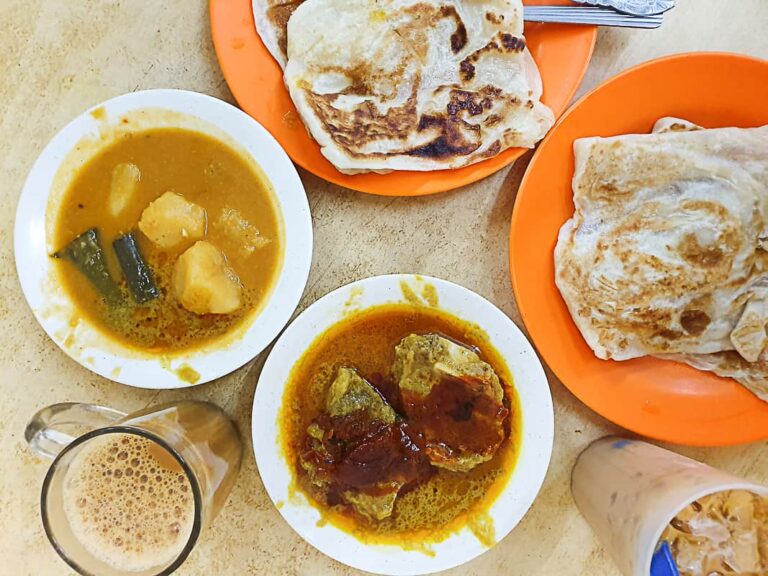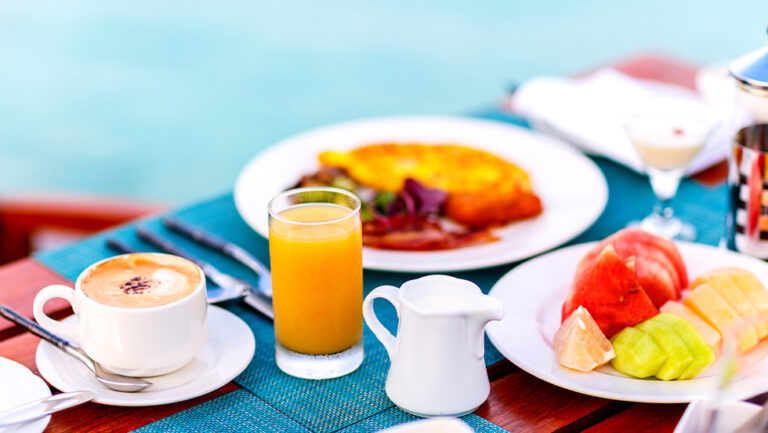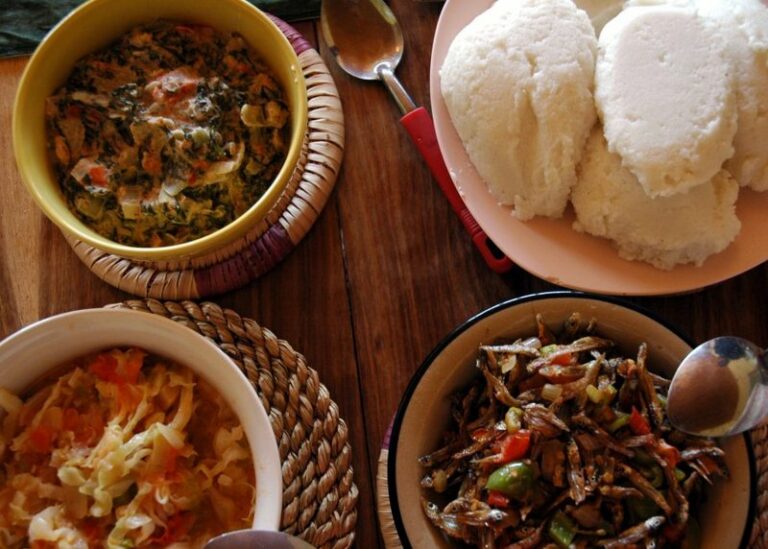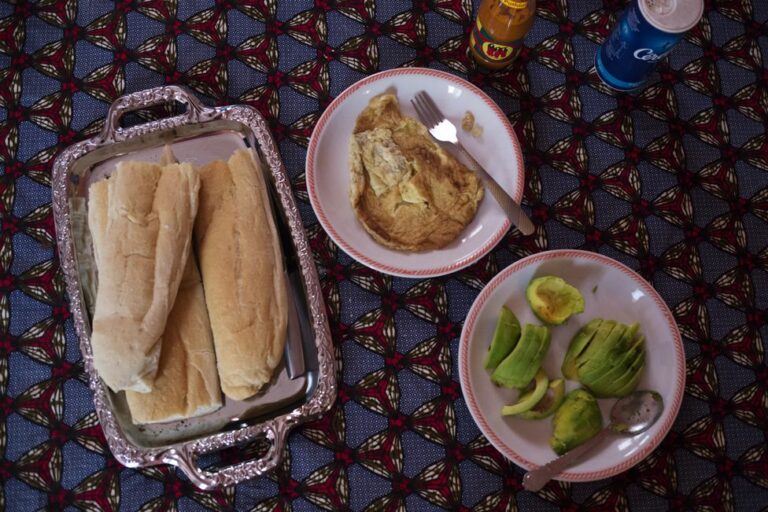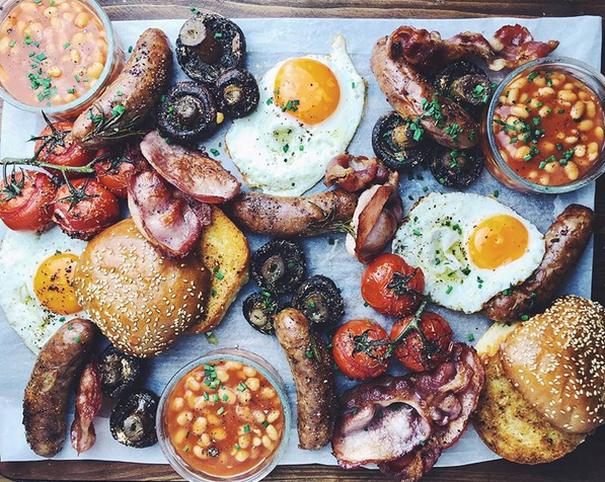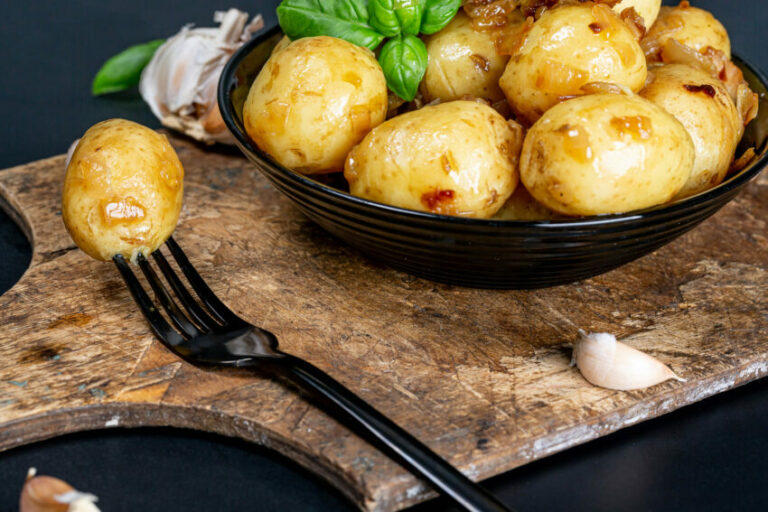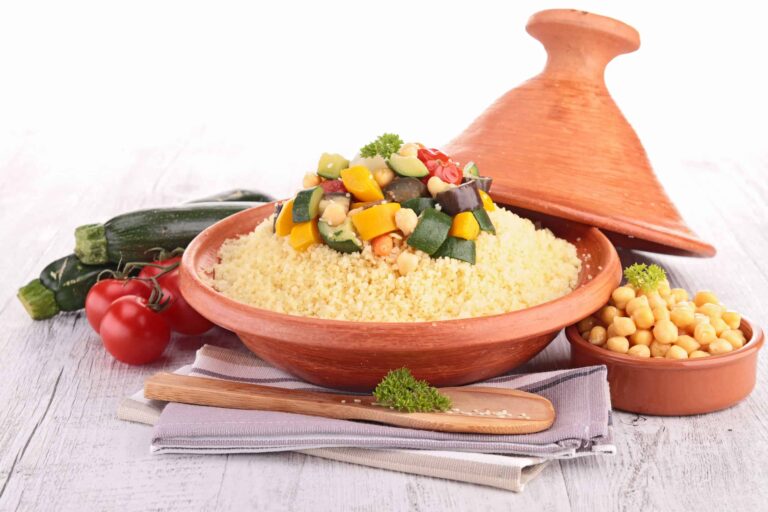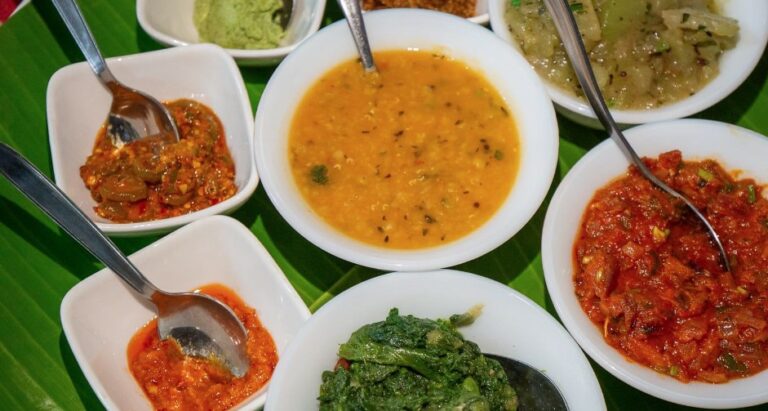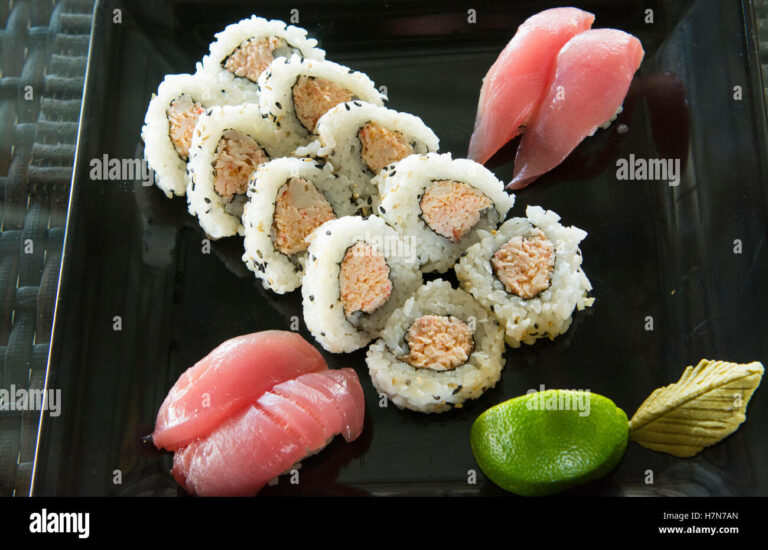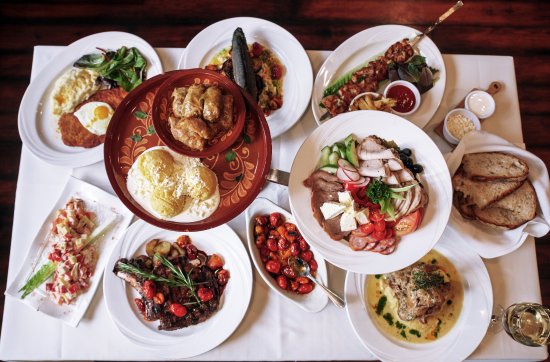Introduction: Malaysian breakfast culture
Breakfast is considered to be the most important meal of the day in Malaysia. Malaysians usually have a hearty breakfast to start their day. The Malaysian breakfast culture is diverse and rich, with influences from the country’s multi-ethnic population. Malays, Chinese, and Indians, who make up the majority of Malaysia’s population, have their own unique breakfast traditions.
Rice and noodles: staples of a Malaysian breakfast
Rice and noodles are the staples of a Malaysian breakfast. Nasi lemak, a fragrant rice dish cooked in coconut milk and served with spicy sambal, anchovies, peanuts, and boiled egg, is a popular breakfast dish. Another popular rice dish is nasi goreng, a fried rice dish with various spices, vegetables, and meat. Malaysians also enjoy noodles for breakfast, such as mee goreng, a spicy fried noodle dish.
Bread and pastries: a popular choice
Bread and pastries are also popular choices for breakfast in Malaysia. Toast with kaya, a coconut jam, and butter is a traditional Malaysian breakfast. Roti canai, a flaky and crispy flatbread served with dhal and curry, is a popular breakfast dish among Malaysians. Pastries like curry puffs, which are flaky and savory pastries filled with curry chicken or beef, are also a popular breakfast option.
Malaysian-style coffee and tea
Malaysians love their coffee and tea, and they have their own unique way of preparing them. Malaysian-style coffee is known as kopi, which is usually strong and sweetened with condensed milk. Teh tarik, a frothy milk tea, is another popular beverage in Malaysia. It is made by pulling tea and milk back and forth between two containers to create a frothy texture.
Local breakfast favorites: nasi lemak, roti canai, and more
Nasi lemak and roti canai are some of the most popular breakfast dishes in Malaysia. Other local favorites include kuih, which are bite-sized snacks made of rice flour, coconut milk, and sugar. Curry laksa, a spicy noodle soup with coconut milk and chicken or seafood, is also a favorite breakfast dish among Malaysians.
Regional variations and international influences
Malaysia has a diverse food culture, and each state has its own unique breakfast dishes. For example, in Penang, a state in the northwest of Malaysia, hawker stalls are famous for their char kuey teow, a stir-fried noodle dish cooked with prawns, cockles, and bean sprouts. In Sarawak, a state on the island of Borneo, mee kolok, a dry noodle dish with sliced beef or chicken, is a popular breakfast dish. International influences have also impacted the Malaysian breakfast culture, with Western breakfast dishes like scrambled eggs and pancakes now being served in some cafes and restaurants.
In conclusion, the Malaysian breakfast culture is diverse and rich, reflecting the country’s multi-ethnic population. Malaysians love their rice, noodles, bread, and pastries for breakfast, and they have their own unique way of preparing coffee and tea. Nasi lemak, roti canai, and kuih are some of the most popular breakfast dishes in Malaysia, but there are also many regional variations and international influences. Overall, the Malaysian breakfast culture is a must-try for foodies and anyone interested in exploring the country’s vibrant food scene.

